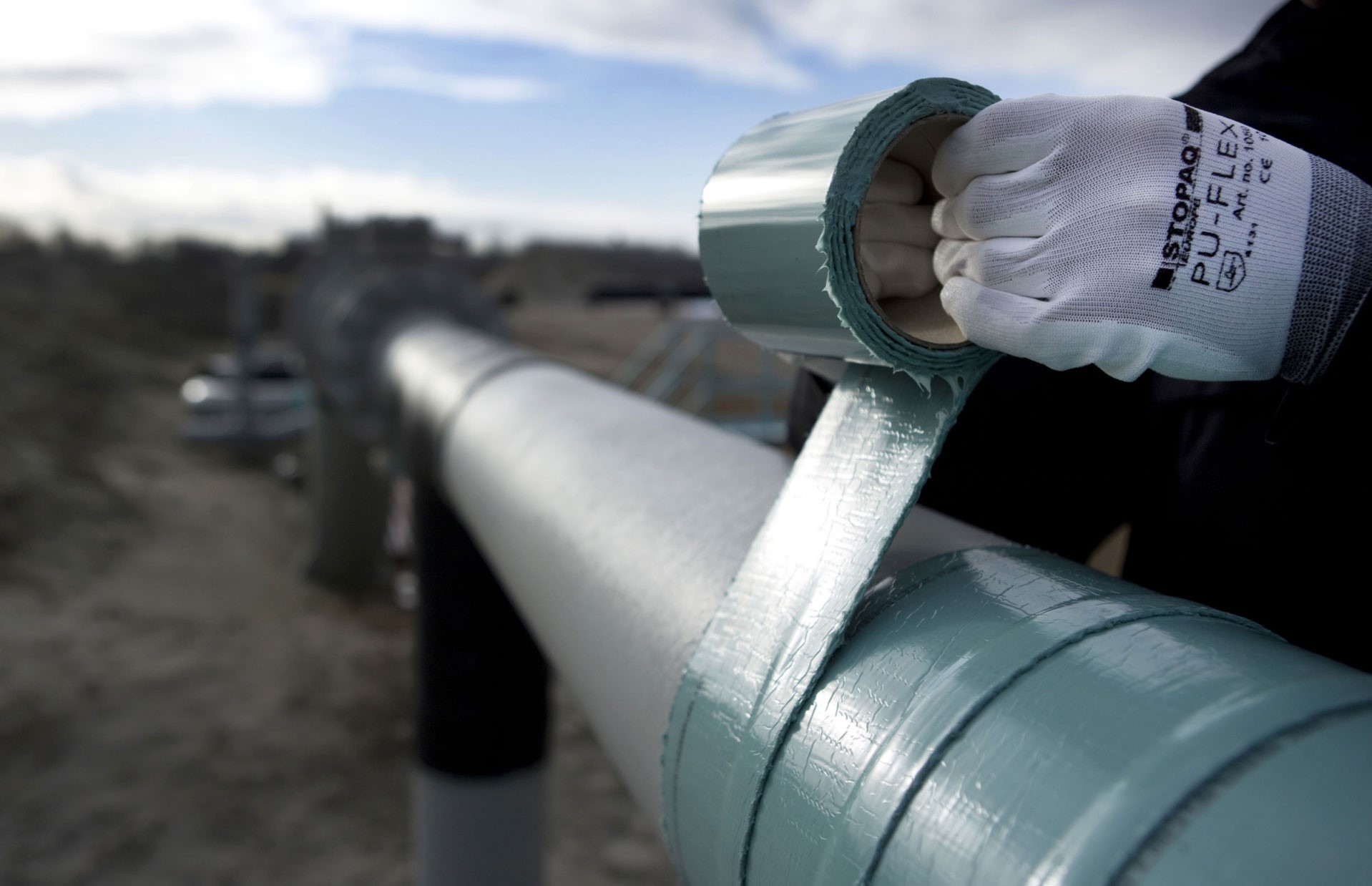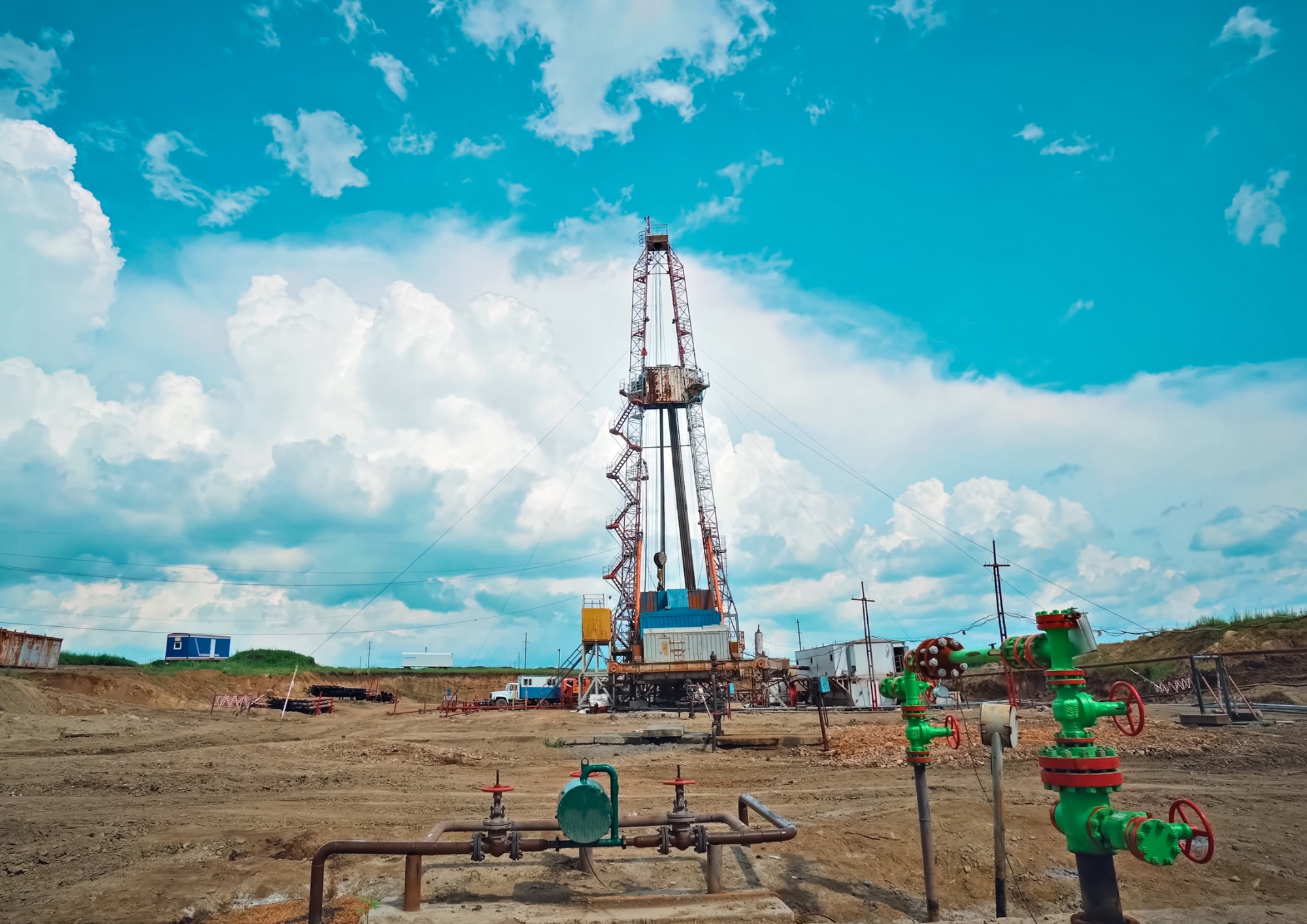

Nuclear Power Plant Inspection Using WAND TM Sensors
Feasibility Study of WAND TM Sensors for Nuclear Power Plant Inspection
Overview
Application: Feasibility study of WAND TM Sensors for nuclear power plant inspection
Client: Hitachi
Scenario: Simulated nuclear power plant environment
Location: Confidential
In partnership with Hitachi, a trial was carried out to test the performance of the WAND sensors in a simulated nuclear power plant environment.
Challenges
Piping systems on a nuclear power plant are subject to corrosion or erosion which cause thinning of the pipe wall. It is necessary to take thousands of thickness measurement from specific locations on pipes manually during the outage of the plant.
Much of the pipework is covered in a layer of insulation which needs to first be removed (and then reinstalled afterwards) which increases the time, cost and exposure of the inspector to radiation. Radiation can also adversely affect electronic devices over prolonged periods.
Solution
For nuclear power plant inspection, there is a need for efficient measurement techniques that minimize costs, as well as man hours spent on the asset.
Inductosense WAND thickness monitoring sensors have a low-profile design which means they can be embedded underneath insulation. They are wirelessly activated by the WAND handheld data collector, which means thickness readings can still be acquired without removing the insulation itself. An induction relay extension cable (ECHO) can also be used to monitor under insulation where necessary. The WAND sensors are battery-free, which means prolonged exposure to radiation would not impact their functionality.
- The WAND sensors and ECHO have the capability to monitor different thickness of pipe walls under insulation (used in nuclear power plants), without needing to remove the insulation.
- The data collection process takes a matter of seconds, helping to minimize inspection time.
- The WAND sensors can be exposed to radiation levels present in nuclear power plants.
Results
Comparison to conventional ultrasonic testing:
Thickness measurements were performed on sample carbon steel plates representative of pipe sample thicknesses used in nuclear power plants (3.6, 7.7, 9.5, 19.7 and 49.5mm) using the sensors. Good agreement was found with conventional ultrasonic measurements.
Under insulation performance:
Silicate calcium (commonly used as insulation in nuclear power plants) was placed between the probe and the sensor and it was shown that there was no change in the thickness measurements from the sensors with or without the insulation in place. An induction relay extension cable (ECHO) was developed to address the applications with thick insulation or insulation with metallic cladding.
Radiation tolerance:
The sensors were exposed to radiation (gamma rays from Co-60 – 18kGy) corresponding to the total exposure for 10 years in a primary containment vessel. There was no deterioration in the signal from the sensors following exposure.
Liquid droplet impingement (LDI) defect detection:
LDI wastage defects are narrow and deep (compared to flow assisted corrosion). The sensors were tested on a range of machined back wall defects (0.3, 0.6, 0.9, 1.2 and 1.5mm) and showed good agreement with simulation.
Conclusion
The testing confirmed that the WAND sensors have potential for monitoring the range of pipe walls thicknesses under insulation that are used in nuclear power plants, and can be exposed to the radiation levels found at the plant.






